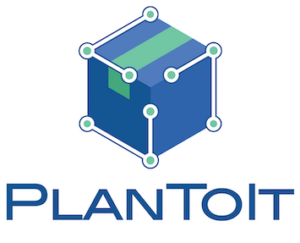Understanding Machine Learning and its Impact on Enhancing Demand Forecasting Accuracy

Machine learning is a branch of artificial intelligence that involves the development of algorithms and statistical models that can learn and improve from data without being explicitly programmed. The goal of machine learning is to enable computers to learn from data, identify patterns and make predictions or decisions without human intervention.
Demand forecasting is the process of estimating the future demand for a product or service. Businesses rely on accurate demand forecasting to make informed decisions about production, inventory management, and pricing.
Traditionally, demand forecasting has been done using methods such as time series analysis, econometrics, and causal models. However, these methods can be limited by the availability and quality of data, and may not always be able to account for all the factors that can impact demand.
Machine learning, on the other hand, can help improve demand forecasting by analyzing large amounts of data and identifying patterns that may not be visible to human analysts. By using machine learning, businesses can make more accurate predictions about future demand, even when faced with complex or incomplete data sets.
One of the most popular machine learning methods for demand forecasting is the use of time series forecasting. Time series forecasting is a method that uses historical data to predict future demand. This is particularly useful for businesses that have a lot of historical data on past sales and can use it to train their models.
Another popular machine learning method is the use of neural networks. Neural networks are a type of machine learning algorithm that can learn and make predictions by analyzing data. They are particularly useful for identifying complex patterns and relationships in data, making them well suited for demand forecasting.
Machine learning can also be used to analyze external factors that can impact demand, such as weather, economic indicators, and consumer trends. By incorporating this information into their demand forecasting models, businesses can make more accurate predictions about how these factors will impact demand for their products.
In conclusion, machine learning is a powerful tool for improving demand forecasting. By analyzing large amounts of data and identifying patterns, machine learning can help businesses make more accurate predictions about future demand. This can lead to improved production, inventory management, and pricing decisions, helping businesses to stay competitive and maximize their profits.
